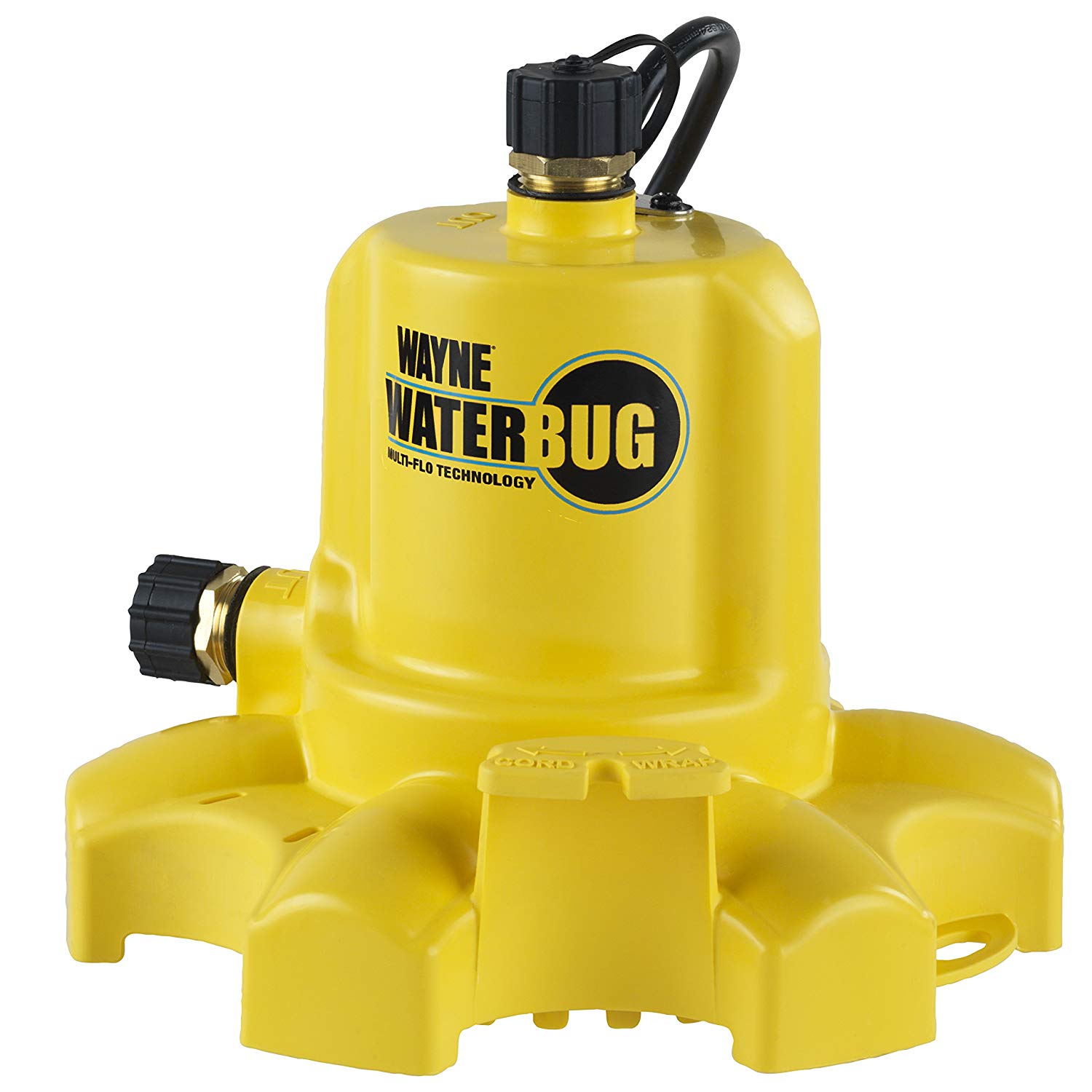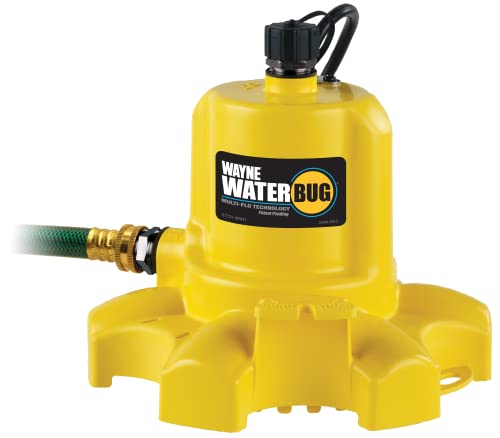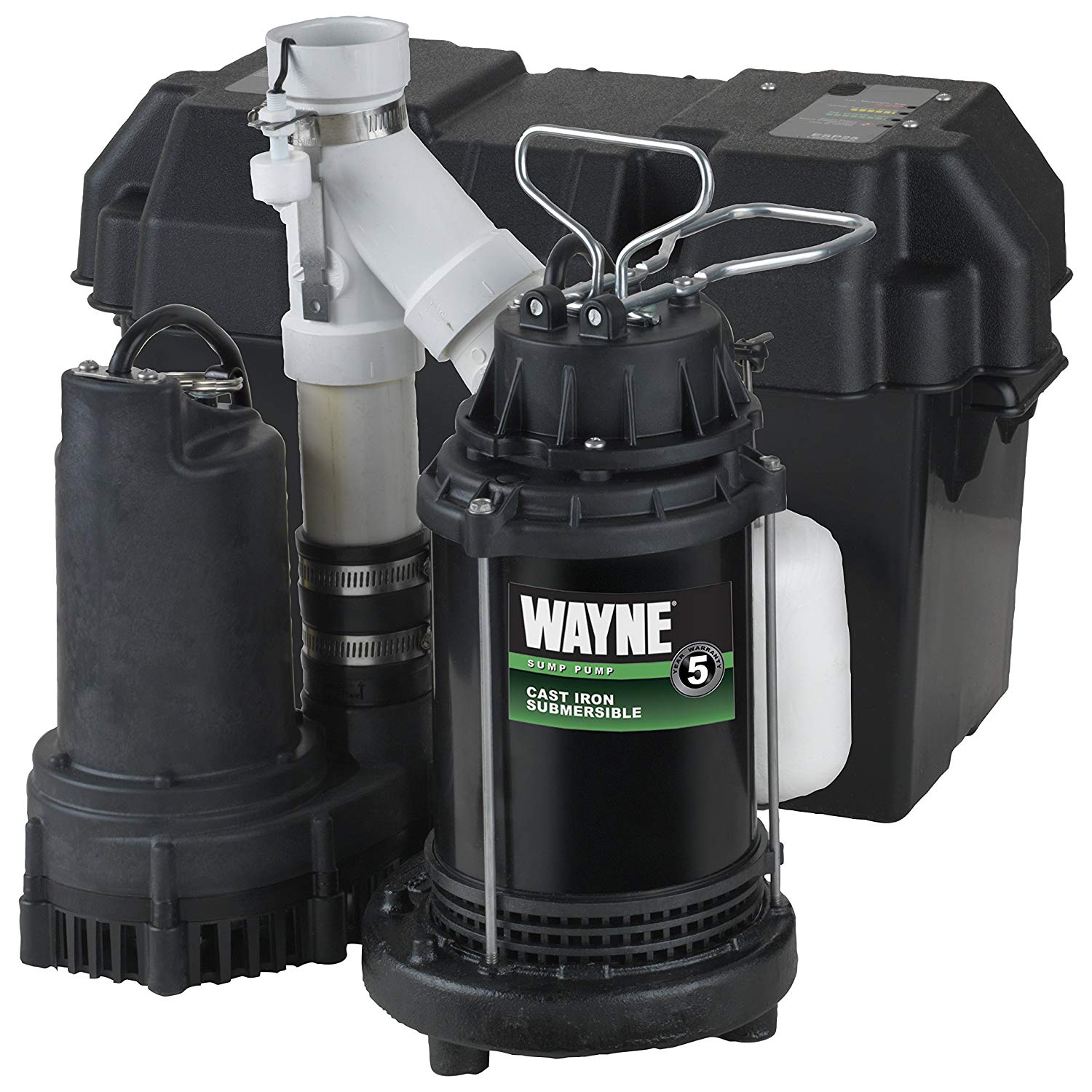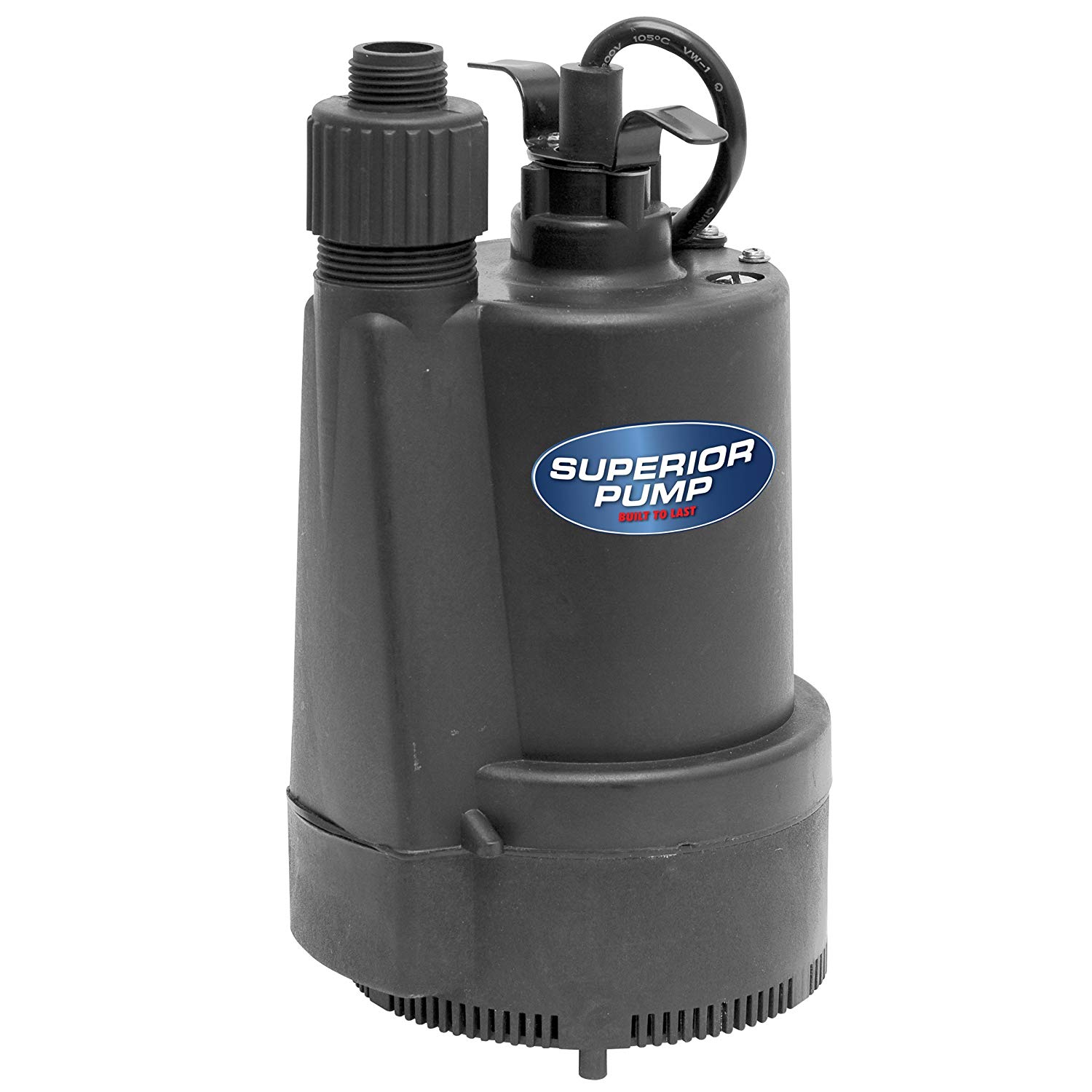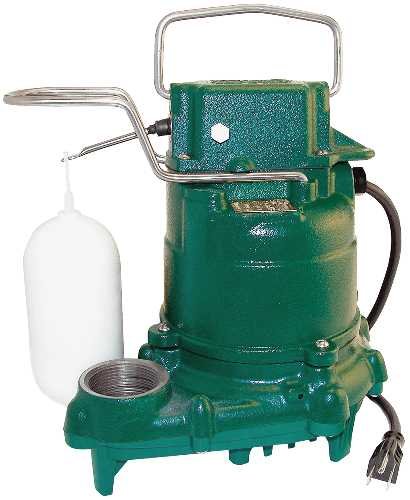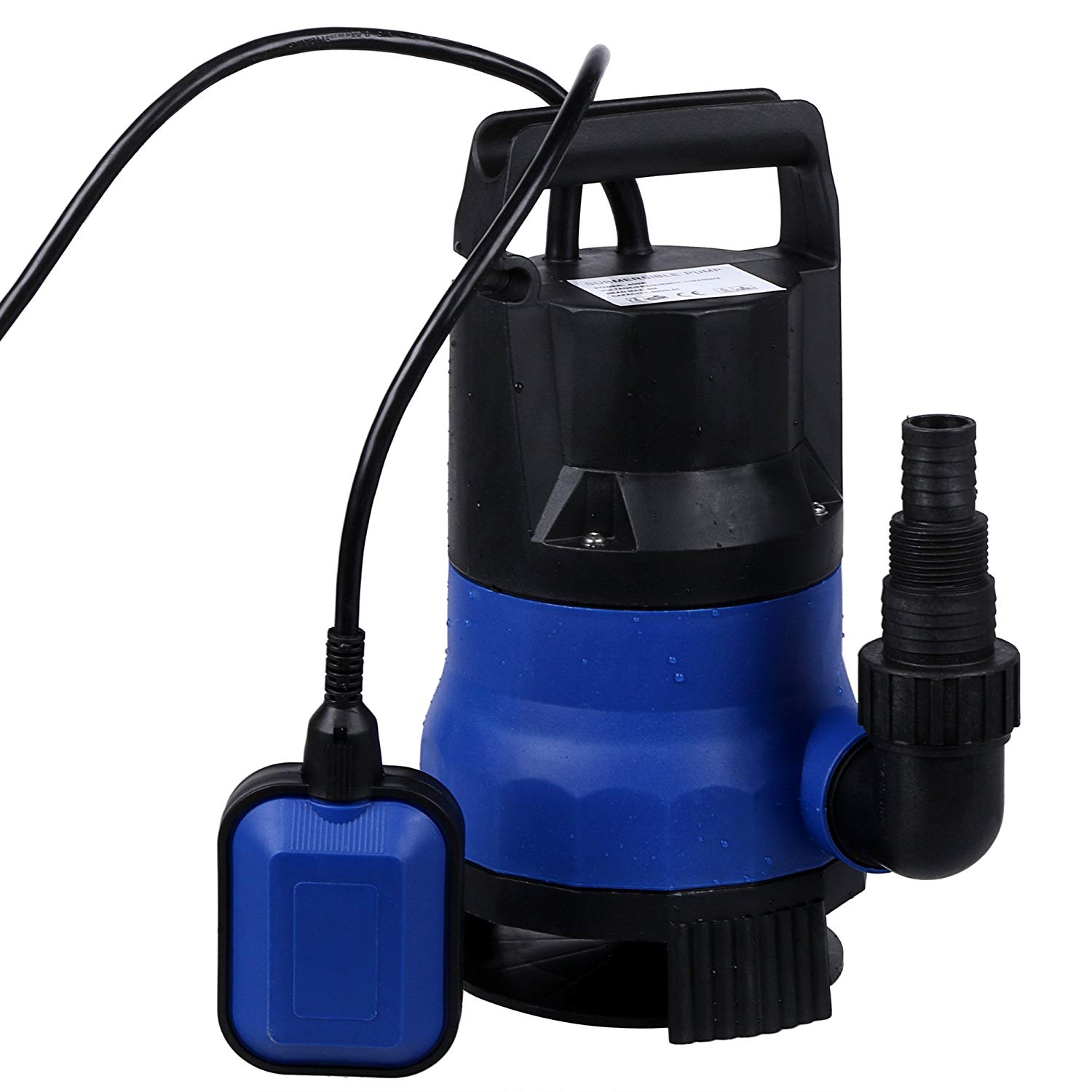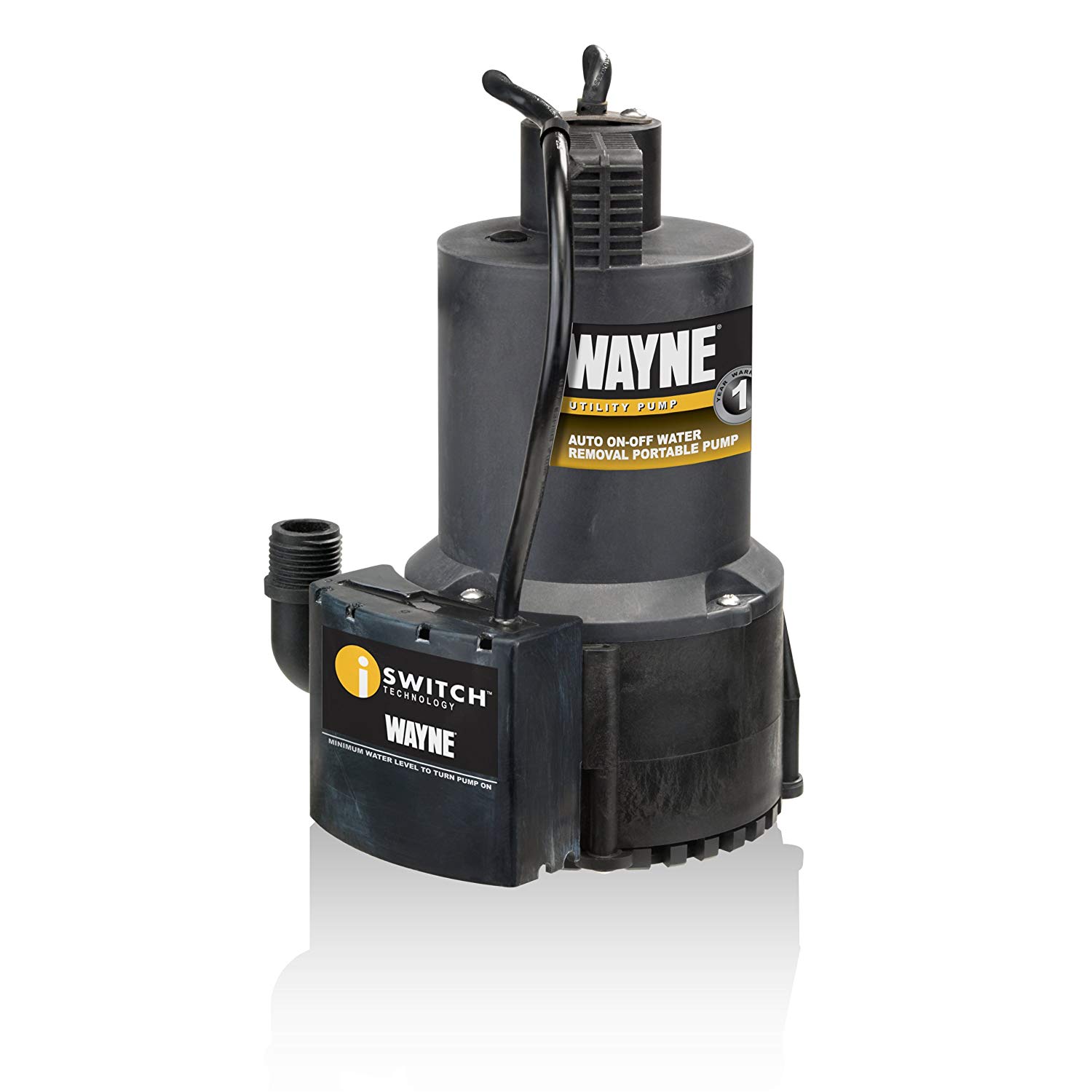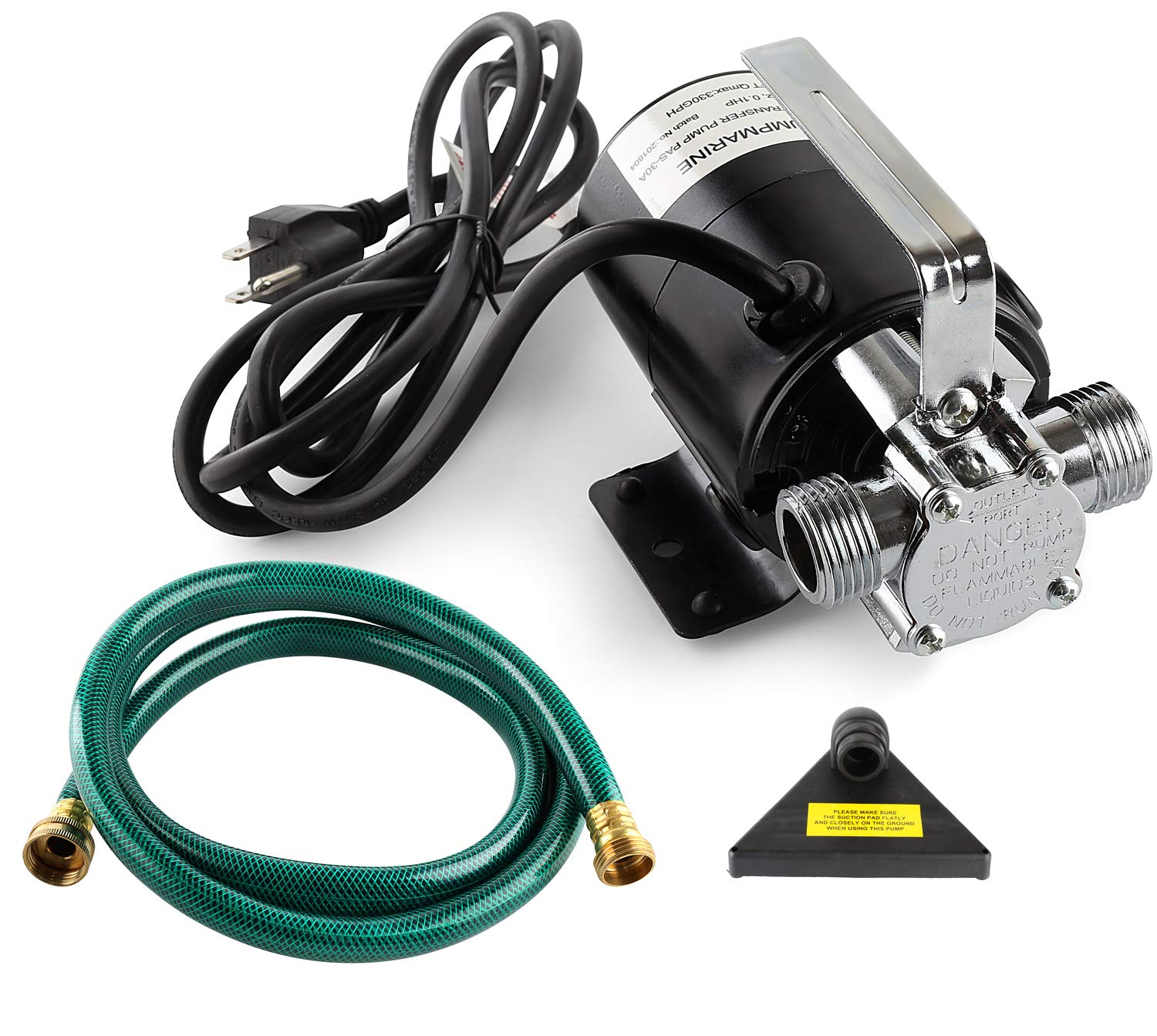Wayne WWB Sump Pump
Last updated: May 8, 2019
We looked at the top Sump Pumps and dug through the reviews from some of the most popular review sites. Through this analysis, we've determined the best Sump Pump you should buy.
Product Details
In our analysis of 39 expert reviews, the Wayne WWB Sump Pump placed 6th when we looked at the top 7 products in the category. For the full ranking, see below.From The Manufacturer
Water bugging you? The WAYNE WWB WaterBUG Submersible Water Removal Pump with Multi-Flo Technology, is the tool for you! Our Patent Pending Multi-Flo Technology is key and allows the user, easy selection of the appropriate discharge. The top discharge should be used to drain water from confined spaces like a window well. Side discharge should be selected for easy water removal from open areas like flat roofs or flooded basements. Our Patent Pending multi-ring suction strainer minimizes clogging! This powerful tool pumps up to 1257 Gallons Per Hour, connects to a standard garden hose and removes water down to a 1/6 inch of the surface. Assembled in the USA, for Quality you can trust. Top discharge is perfect for tight spaces where water removal is needed laundry tubs, window wells, buckets, bathtubs, etc. Side discharge is ideal for easy water removal from flat open surfaces: flat roofs, flooded basements, standing water in yard, shower stalls, etc. 30 ft. Max head removes water down to 1/16 in. Of surface, virtually dry! multi-ring suction strainer filters debris, and minimizes clogs
